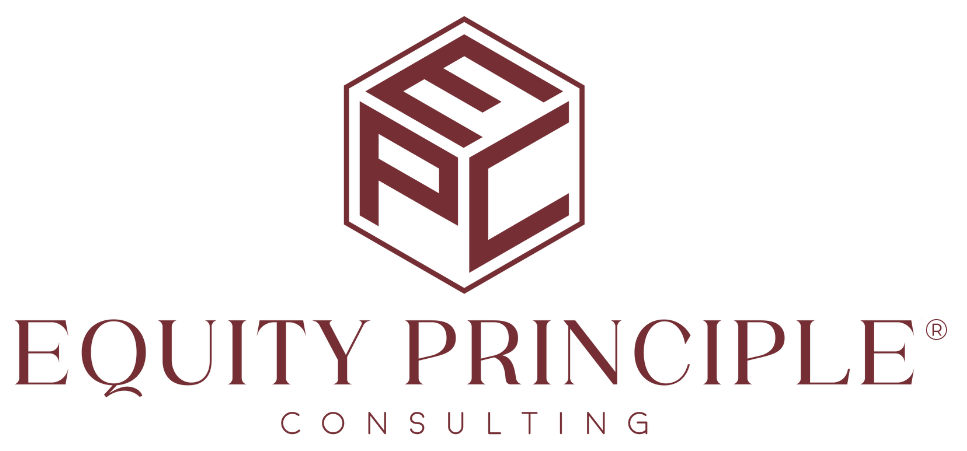Leading with Inclusivity: Employee Resource Groups (ERG) Best Practices
Employee Resource Groups (ERGs) have risen as key players in cultivating a culture of inclusivity and respect in organizations of all sizes. These voluntary, employee-led groups provide a platform for historically marginalized voices, fostering a sense of belonging and empowerment. This blog post explores the effectiveness of ERGs in nurturing inclusivity and outlines ERG best practices for their success.
The Inclusivity Impact of ERGs
ERGs are instrumental in building inclusive workplaces. They serve as vital platforms for historically marginalized employees, providing a space to share experiences and influence company policies. By tapping into the diverse perspectives of its workforce, a company can enhance creativity, boost employee morale, and improve decision-making processes.
Best Practices for ERG Success
- Executive Sponsorship: Successful ERGs often benefit from the support of senior leadership. Executive sponsors provide credibility and resources and help align ERG objectives with organizational goals. They serve as advocates for ERGs at the highest level, ensuring that their voices are heard and their contributions recognized.
- Clear Mission and Goals: Effective ERGs have a well-defined mission and specific, measurable goals. This clarity helps create impactful initiatives and track progress. A focused approach allows ERGs to address specific issues and work towards tangible outcomes effectively.
- Inclusive Membership: ERGs typically represent specific groups, but including allies and supporters can enhance understanding and foster a more inclusive environment. This approach broadens the impact of ERGs, creating a ripple effect that promotes inclusivity across the entire organization. However, it is not unreasonable to initially close the group to those within the representative group to enable the group identity to form before including allies and others who may misdirect the group’s focus.
- Regular Communication: Transparent and regular communication between ERGs and the broader organization is essential. This ensures that the groups’ efforts are integrated into the company culture and their achievements are recognized and celebrated.
- Collaboration with Other ERGs: Collaboration between different ERGs acknowledges the intersectionality of identities employees experience and can lead to a unified approach to inclusivity and amplifying their collective voice. Such collaborations also provide opportunities for cross-cultural learning and understanding, further enhancing the inclusivity of the workplace.
- Continuous Learning and Development: ERGs should focus on continuous learning and development. This can involve workshops, speaker series, and training sessions that educate members and allies and provide them with the tools to effect change within the organization.
- Measuring Impact: ERGs need to measure their impact on the organization. This can be done through surveys, feedback sessions, and analyzing workforce data. Understanding their impact helps ERGs to adapt and evolve their strategies for greater effectiveness.
Conclusion
Employee Resource Groups are more than just a network; they are a driving force for inclusivity and diversity within organizations. Their role in providing a platform for historically marginalized voices and their direct impact on company culture makes them integral to a modern, inclusive workplace. By adhering to best practices, ERGs can significantly contribute to creating an environment where every individual feels valued and empowered.

